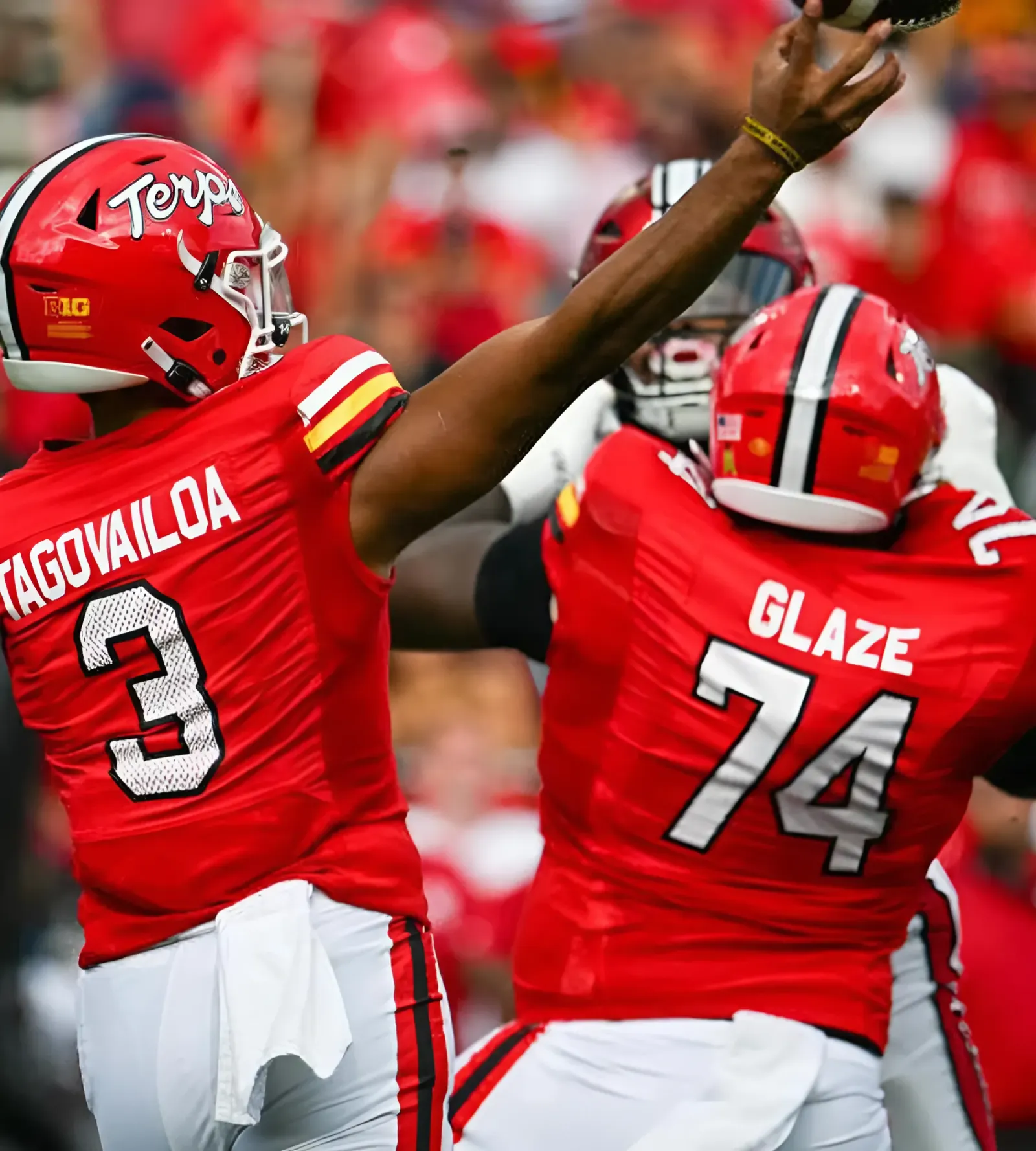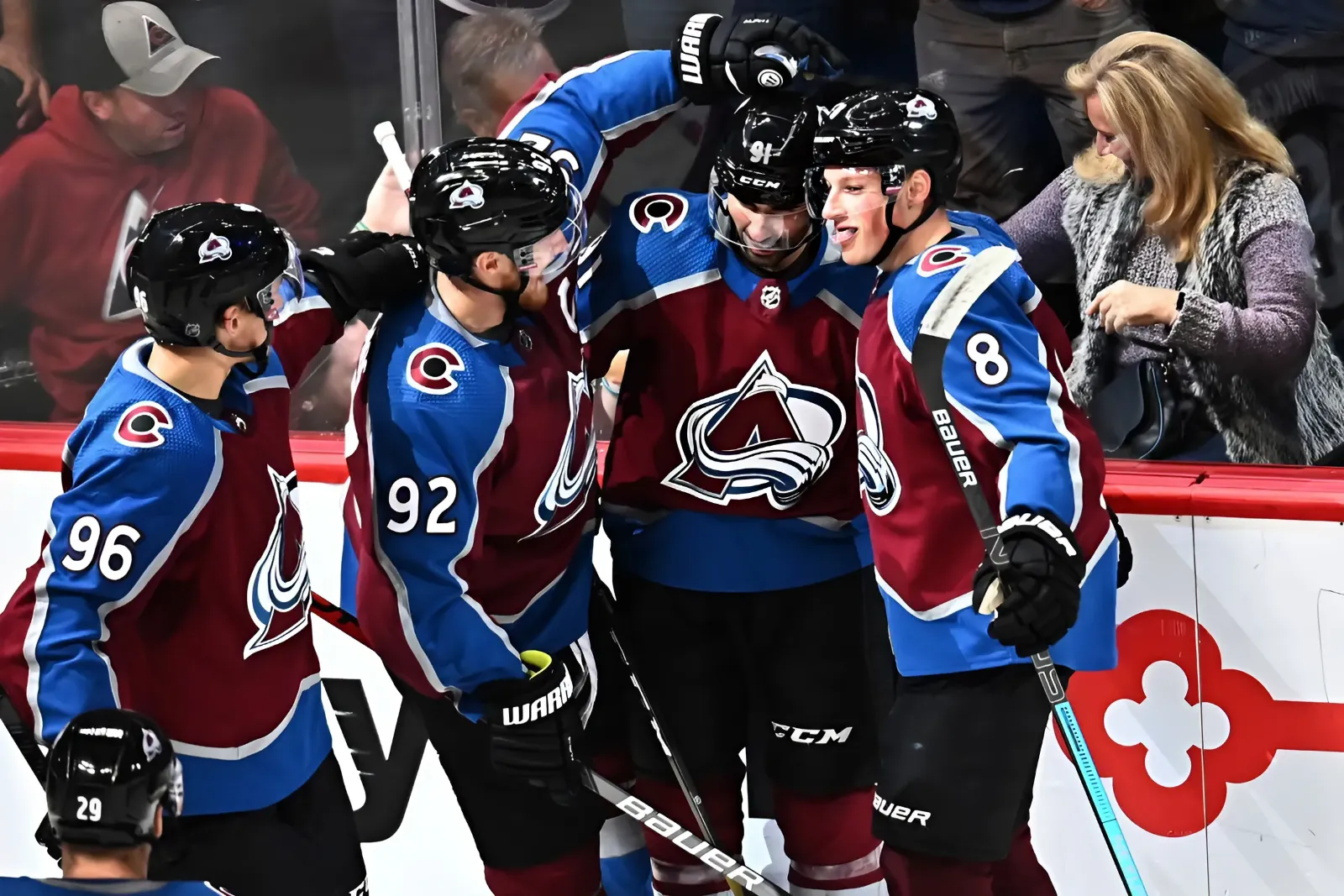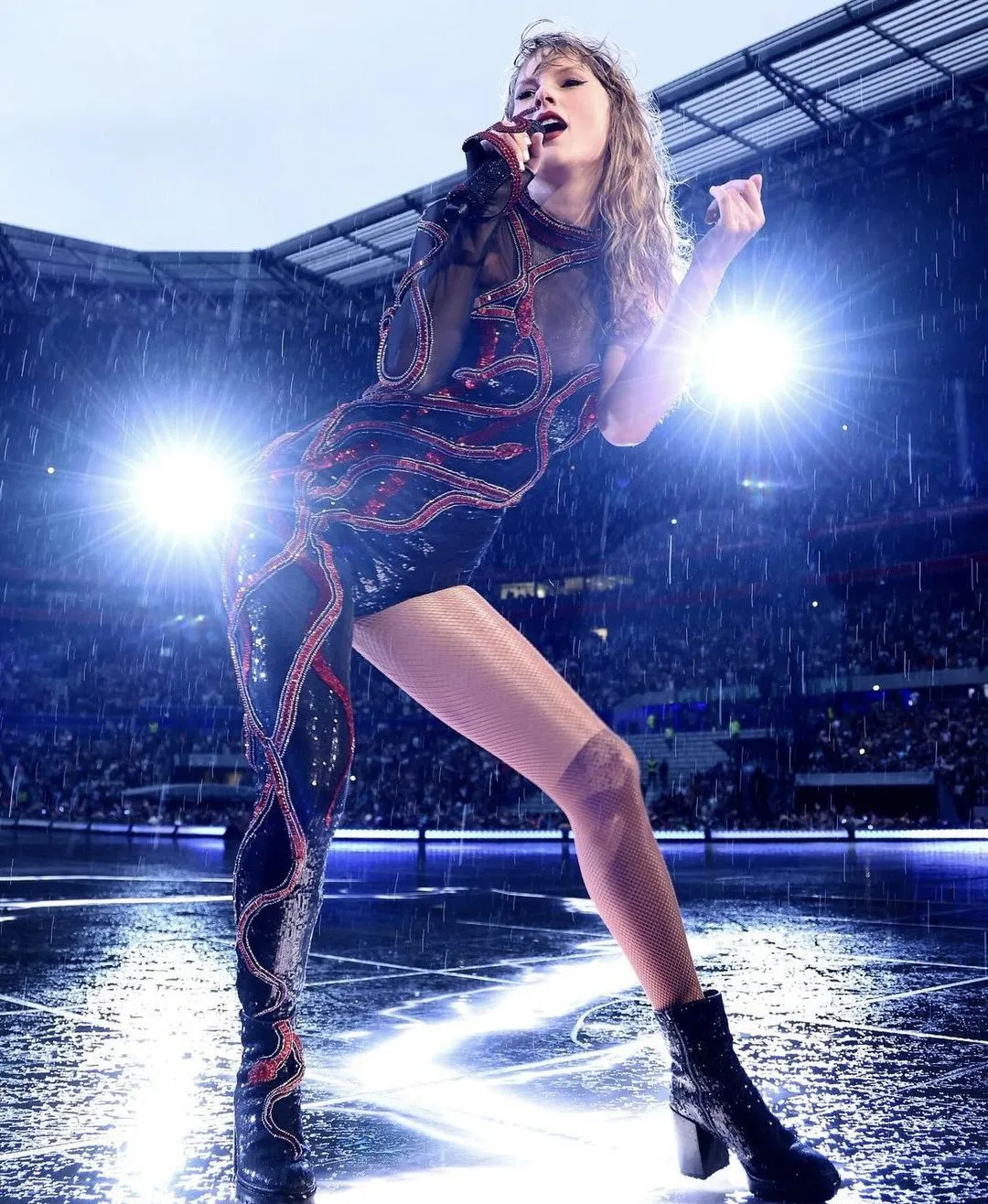For the first time in recent memory, the Vancouver Canucks actually have some cap space to play around with and are in an opportunity to take advantage of teams who have put themselves in less-than-ideal situations. With 22 players signed under contract, the club has $1.015,833 million remaining to spend. However, once they put Tucker Poolman on long-term injured reserve (LTIR), they’ll have $3,515,833 million that they could use to take advantage of teams who’ve put themselves in salary cap troubles.

After losing out on Jake Guentzel, Canucks General Manager Patrik Allvin did a great job to fill out his forward lines. And while the defence is filled out with National Hockey League talent, it would be a surprise if this is how the Canucks enter the season with the limited depth they have now.
Here are the six teams that have put themselves in some sort of cap strain.
Washington Capitals
Currently, the Washington Capitals are $14,170.001 over the salary cap. However, they have Nicklas Backstrom and his $9.2 million cap hit that is expected to be put on LTIR. Backstrom, 36, had hip resurfacing surgery on his left hip and has since stepped away from the game. T.J. Oshie, 37, is under contract for one more season at $5.75 million. It is widely believed that he will also retire sometime in the offseason. While not confirmed, the moves the Capitals have made to put them this high over the cap would indicate retirement is likely on the horizon for Oshie.
If both players are placed on LTIR, the Capitals would have $800k in cap space. However, after acquiring Jakob Chychrun from the Ottawa Senators and signing Matt Roy in free agency, they are now paying seven defencemen $2 million or more. That’s an expensive price to pay for a player sitting in the press box.
As mentioned above, Vancouver needs another defenceman. And I found a familiar face for the Canucks to target.
Ethan Bear
Bear, 27, played 66 games with the Canucks in the 2022-2023 season. He scored three goals and 16 points, finishing with a plus-6 rating and averaged the second highest average ice time in a season of his career (18:31). But the right-shot defenceman was most known for how well he did playing alongside Quinn Hughes. Bear spent 364:30 minutes of his 614:34 of his 5-on-5 ice time with Hughes and finished with the highest goals for percentage of his career when playing together.
Ethan Bear looks to be the odd man out in Washington. Here are the current defence pairings according to Daily Faceoff.
Adding Bear and his $2,062,500 million fits in with Vancouver’s remaining cap space. Not just that, but since Canucks fans have seen how well he plays with Hughes, it would allow the club to have Filip Hronek drive and lead his own pairing.
While it’s widely believed Oshie might retire, it’s certainly not confirmed. If that’s the case, a seventh defenceman making over $2 million would help alleviate some cap space. If not, it would still make sense to dump his cap if they aren’t going to use him, and it would come at a low acquisition cost.
Toronto Maple Leafs
The Toronto Maple Leafs have $180,33K of available cap space. While under the cap ceiling, they still have two restricted free agents to sign, Nicolas Robertson and Connor Dewar. It has come out that Robertson has requested a trade. But with openings in the Maple Leafs top-nine and only being 22 years old, it’s hard to imagine the club wanting to part ways with the young forward. And if they do honour Robertson’s trade request, Toronto liked the grit and physicality Dewar brought to their lineup after acquiring him at last year’s trade deadline.
However, after the Maple Leafs signed Chris Tanev, Oliver Ekman-Larsson and Jani Hakanpaa, there are now nine defencemen under contract on the NHL roster that could be made available to make room for their two RFAs.
Simon Benoit
Benoit, 25, will earn $1.35 million for the next three seasons. The left-shot defenceman scored one goal and five points but led the Maple Leafs in hits with 237 despite playing in just 64 regular-season games. He carried that over to the postseason, where he had 37 hits in seven games.
Connor Timmins
Timmins, 25, will earn $1.1 million for one more season. The right-shot defenceman scored one goal and 10 points last season in only 25 games. The former first-round pick offers some offensive potential as he led the Maple Leafs in expected goals for percentage (60.23%), scoring chances for percentage (59.03%) and high-danger scoring chances for percentage (61.49%) at 5-on-5 in his limited games.
The Maple Leafs will need to make some room if they want to retain their restricted free agents. And with these two likely on the outside looking for Toronto’s defence room, could be made available as a cheap depth option for the Canucks.
Edmonton Oilers
The Edmonton Oilers are $2,454,167 million over the salary cap. The club made some big signings this offseason, bringing in forwards Jeff Skinner and Viktor Arvidsson and retaining Adam Henrique, Connor Brown and Mattias Janmark. Evander Kane played through a serious hernia injury during the Stanley Cup playoffs, one of which may have played him onto LTIR to start the season. While this is not confirmed, the Oilers may be unable to retain one of their rising stars on the backend.
Philip Broberg
After the Oilers needed to shake up their defence room, the club gave Philip Broberg a spot in the lineup, and he didn’t give it back. Broberg, 23, scored the massive insurance marker in Game 5 of the Western Conference finals to give the Oilers a 3-0 lead. He finished the playoffs with two goals and three points in 10 playoff games. But what he really brought to the Oilers’ blue line was fluid skating and puck-moving ability – something that the Canucks lost in their bottom pairing with Nikita Zadorov signing in Boston.
Now, Broberg is a restricted free agent, but why not send an offer sheet to one of your biggest rivals? According to AFP Analytics, the Swedish defenceman is projected to make $874,125K on his next contract. If the Canucks think he could be a player, they could offer him between $2,290,458 – $3,515,833 million to stay under the salary cap, handcuff the Oilers and gain a much-needed puck-moving defenceman. The Canucks would pay just a second-round pick as compensation.
Carolina Hurricanes
This is one weird circumstance where the Carolina Hurricanes have $11,681,667 million in cap space. However, they have some work to do. The Hurricanes have restricted free agents Martin Necas, Seth Jarvis, and Jack Drury all left to sign. Considering that all three players need raises, just under $12 million doesn’t project to be enough. The club has two options: attach a sweetener to a cap dump or move on from one of the three players.
The only option to dump salary cap (of players that weren’t just signed in free agency) would be Evgeny Kuznetsov. However, at his $3.9 million cap hit, he would not fit under the Canucks salary cap nor help the team’s needs. So, could Vancouver look to acquire one of these players?Martin NecasThere have already been trade talks surrounding Necas throughout the offseason, with Vancouver as one of the teams linked to the speedy forward. The former first-round pick projects to be the highest-paid of the trio, looking to command above $7 million per season. After being frustrated with his spot in the Hurricanes lineup and lack of time on the team’s top powerplay, Necas requested a trade from the team. The request came when it was believed the Hurricanes were going to retain Jake Guentzel; maybe his stance has changed, and he’s going to be more willing to return with a top-six spot opening up. Necas, 25, scored 24 goals and 53 points in 77 games last season and is just one year removed from his breakout year with 28 goals and 71 points. The Czech winger won’t come cheap in a trade, and the Canucks will now have to create cap space elsewhere to make room for if acquired. However, with the Hurricanes now in a bunch, would the asking price come down? If so, the Canucks shouldn’t hesitate to consider this option, given Necas matches the age of the team’s current core.
Seth JarvisIf Necas and the Hurricanes come to an agreement, Jarvis might be the cap casualty. Jarvis, 22, is coming off a career year, scoring 33 goals and 67 points in 81 games this season. The former first-round pick found chemistry when put on the topline alongside Sebastian Aho and is likely due for a massive raise. If Necas is signed to a $7 million deal, it would leave just under $5 million to sign Jarvis. Is that enough to get it done? Or will he be made available? AFP Analytics has Jarvis’ next contract coming in at $6,340,400 million on a three-year deal. The Canucks would need to move money out to make this happen, but in a crunch, the Hurricanes might have no choice but to trade the young forward.
Jack DruryI’ve long spoken about Jack Drury being an intriguing option for the Canucks to trade for. Drury, 24, became a mainstay in the NHL, playing 78 games. He scored eight goals and 27 points this season and was an analytical darling for Carolina. He finished in the top six of Hurricanes forwards in expected goals for percentage, scoring chances for percentage, and high-danger scoring chances for percentage on Carolina. The young centreman proved he could play in all facets of the game and anywhere in a lineup. Could the Drury get lost in the wind during negotiations and be made available for a cheaper snag for the Canucks? Any of these options are more long shots and hard to necessarily pinpoint which could be made available. But with under $12 million left to spend on these three forwards, it’s hard to imagine a world where at least one of these guys isn’t on the trade block for Vancouver to ponder.
New Jersey Devils
The New Jersey Devils have $4,976,103 million in cap space left, with two restricted free agents who need new contracts. This might be a little out of left field, but there may be a player of some interest for the Canucks if made available.
Dawson Mercer
Mercer, 22, has shown promise in his young career. He’s been a durable forward for the Devils, playing 82 games in all three NHL seasons, with 64 goals and 131 points. The young forward has been a Swiss army knife for the Devils, playing powerplay and penalty kill while also playing up and down the lineup.
I’m unsure how keen the Devils are on moving on from another young forward after trading Alexander Holtz to the Vegas Golden Knights. According to AFP Analytics, Mercer is projected to make $6,521,186 million on a six-year deal, and the Devils don’t have the current available cap space to sign him in that range. If the Devils find themselves in a crunch and can’t retain him, I wonder if the Canucks would show interest in him – if they can move money the other way.
New York Islanders
The New York Islanders have $1,075,000 million of available cap space. They are slightly more tied up than the previous two, with RFA forwards Oliver Wahlstrom, Simon Holmstrom, and Ruslan Iskhakov left to sign.
Oliver Wahlstrom
Wahlstrom, 24, showed promise early in his career but has since struggled to stay in the Islanders lineup. The former first-round pick scored 25 goals and 45 points in his first two seasons. But these last two seasons, he’s scored just nine goals and 22 points in 67 games. According to AFP Analytics, Wahlstrom is projected to make $917,831K on a one-year deal.
While it’s not a high average annual value, that would leave the Islanders with insufficient cap space to sign the others. Could the Canucks sign him to an offer sheet between $1 – $1,511,701 and pay no compensation? Or could the club trade a later-round pick in hopes of turning him into the next reclamation project under Rick Tocchet?
Vancouver has a limited amount of cap space to make these deals work. However, Canucks fans have seen how aggressive this management group of Patrik Allvin and Jim Rutherford have been, especially with their draft picks. The club has all but their third-round pick in the upcoming 2025 draft and a new crop of young prospects to dangle as trade bait.
Would this regime hesitate to pull the trigger on a young asset that could help the current team if it can take advantage of these teams in a cap crunch?



